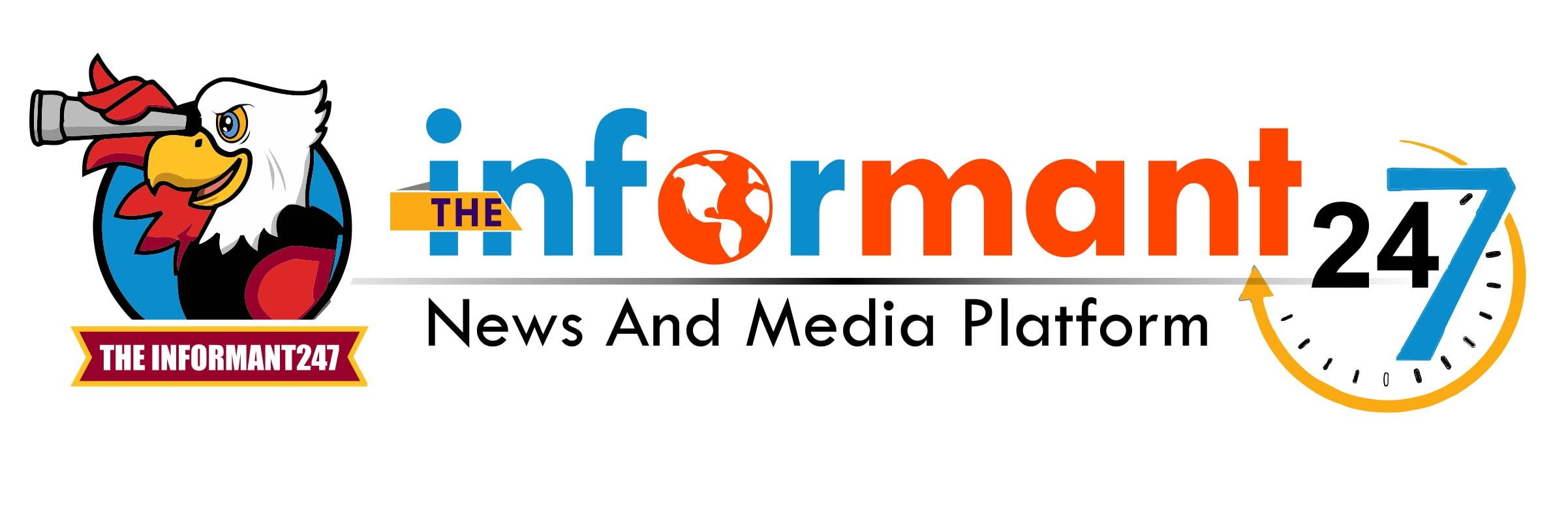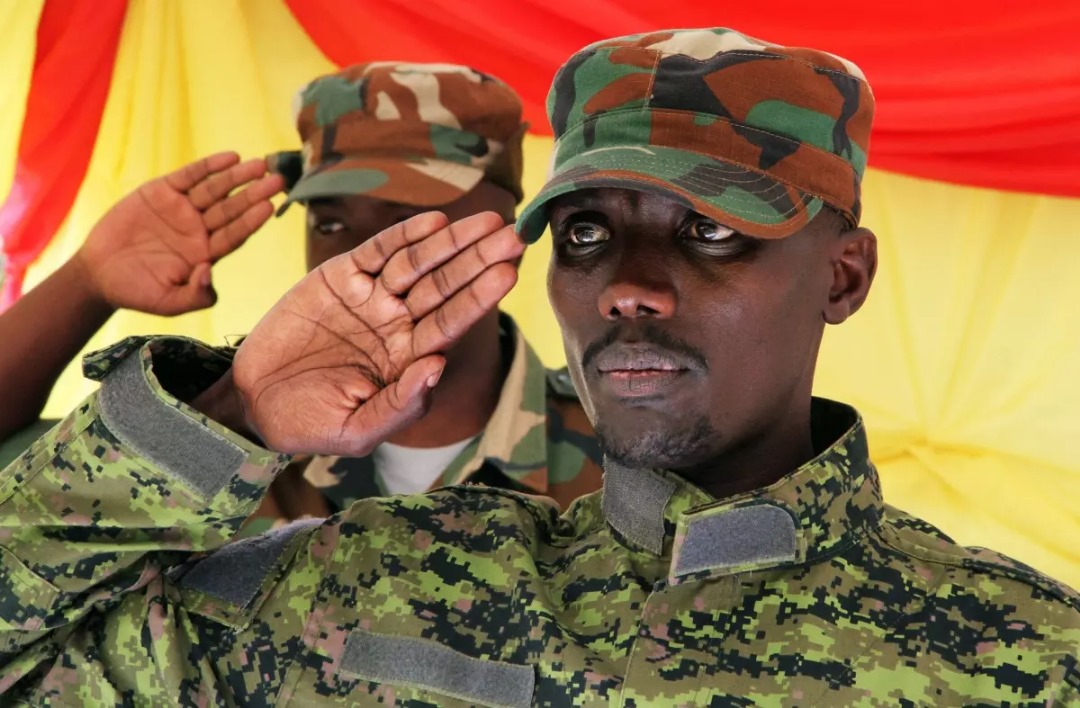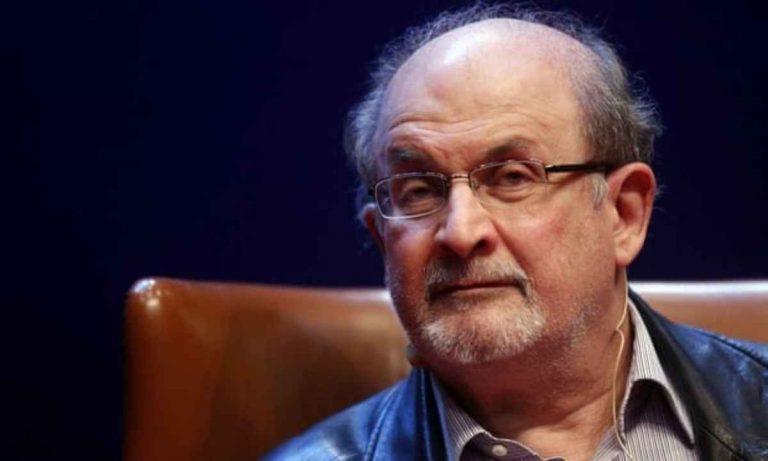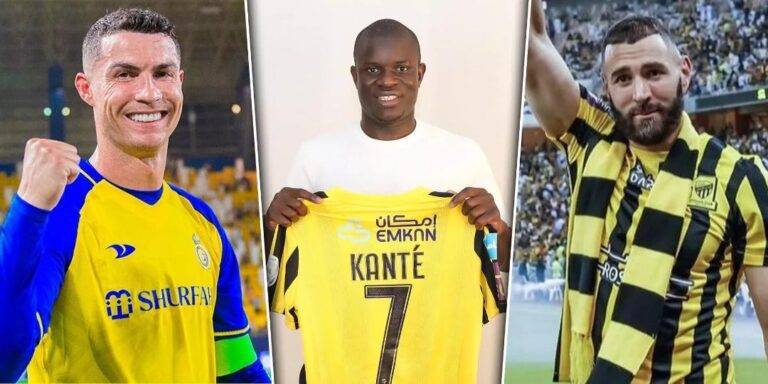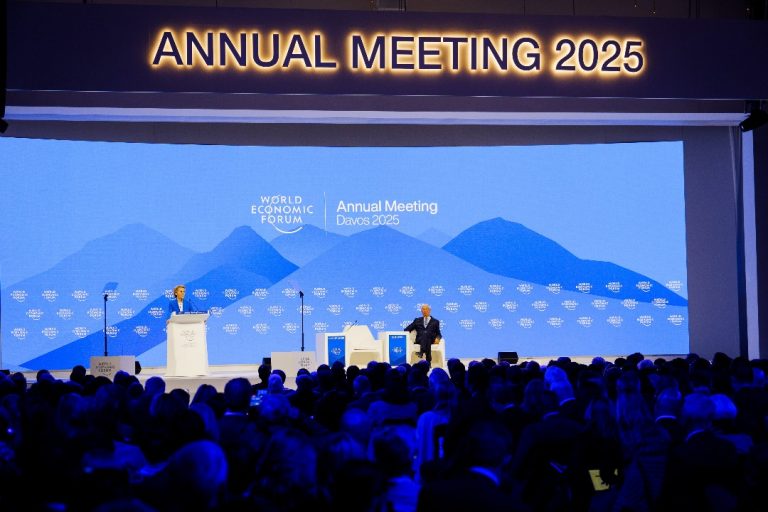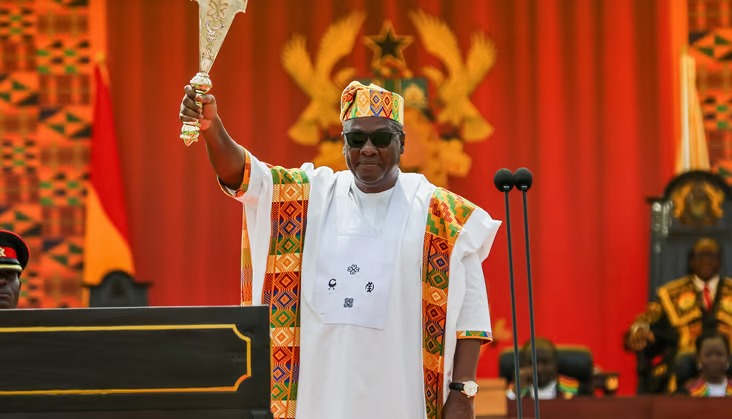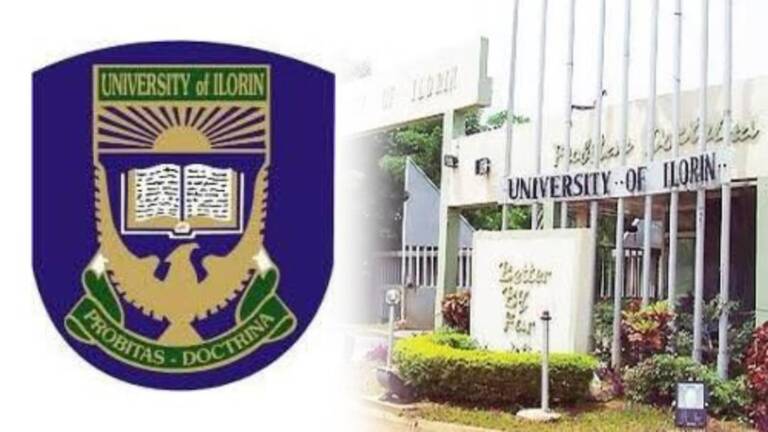EXPLAINER | DRC-Rwanda Crisis: Who are the M23 Rebels?
Unarguably, the resurgence of the M23 rebel group is a major setback to absolute peace, stability, and security across the crisis-prone East and Central African region. There is no breath of fresh air for conflicting parties at the moment, which underscores the glitches in past political resolutions. Life is becoming untenable for the civilian population as cross-border tension sputter on and off.
Increasingly, the embattled region plunges deeper into an abyss in the face of a renewed political rift between the Democratic Republic of Congo (DRC) and Rwanda. Diplomacy remains the most viable path to peace and addressing all parties’ core interests. However, a peaceful resolution seems elusive, as the rebel group—bolstered by alleged sponsors—persists with strong-arm tactics.
Who are the M23 Rebels?
Known as the Congolese Revolutionary Army, the M23 rebel group—primarily composed of ethnic Tutsis—emerged in April 2012. The group opposes the DRC government, claiming to defend Tutsi interests against ethnic Hutu armed groups. The DRC has accused Rwanda and its president, Paul Kagame—a Tutsi—of providing military support to M23. In turn, Rwanda alleges that the DRC harbours ethnic Hutus responsible for the 1994 genocide, which claimed countless lives.
It is pertinent to reiterate that the ripple effects of the 1994 Rwanda genocide continue to shape the East and Central African region, fueling decades of strained relations and persistent conflict between neighbouring states. Kinshasa and Kigali have repeatedly accused each other of backing rival armed groups. Among these, the M23 rebel group—one of many operating in North Kivu Province, eastern DRC—claims to defend and represent the interests of ethnic Tutsis in the region.
Rise to Prominence
Interestingly, M23 is a faction from within the pro-Tutsi political armed militia, the National Congress for the Defence of the People (CNDP) which entered a peace accord with the DRC government on March 23, 2009. The reluctance of Kinshasa to implement the peace agreement as one of the reasons articulated by dissatisfied members of the CNDP led to the formation of a new group: The March 23 Movement. The newly-formed group named itself in reference to the date of the peace accord signed between the DRC and CNDP in 2009.
M-23 fighters caught public attention in November 2012 when they captured Goma, the largest city in eastern DRC. The group resurfaced in late 2021, accusing the DRC of reneging on decades-old commitments. In May, they launched a major offensive after peace talks collapsed in April.
Regional powers’ reaction
The mineral-rich eastern DRC, a battleground for rival armed groups, remains a flashpoint amid a deteriorating security situation. The June 20 meeting of East African Community (EAC) leaders in Nairobi offered little hope for a diplomatic breakthrough. While the DRC strongly supports deploying regional forces to combat the resurgent group, is military intervention truly the best path to de-escalation?
Common challenges need shared approaches
The East and Central African region faces an undeniable uphill battle. The latest escalation has displaced thousands, forcing many to seek refuge in neighbouring Uganda. In May, the global refugee population surpassed 100 million—and the numbers continue to rise. According to the United Nations, renewed fighting in the region has driven over 72,000 people from their homes and displaced an additional 5.6 million.
The military solution would do no good than add to the deplorable humanitarian crises across the region and produce undesirable consequences for the parties involved. More so, if history is any guide, a ceasefire only pauses hostility between warring parties temporarily, they in no way resolve them. Conflict resolution should not be one-sided, but rather holistic. In May, African Union Chair Macky Sall urged calm and dialogue in a tweet—a call that, if genuinely championed, could pave the way for lasting reconciliation.
Read Also: Russia-Ukraine War: Is a Major Policy Shift Underway?
Checkout: Analysis | Russia-Ukraine war: Who are the top gainers?
